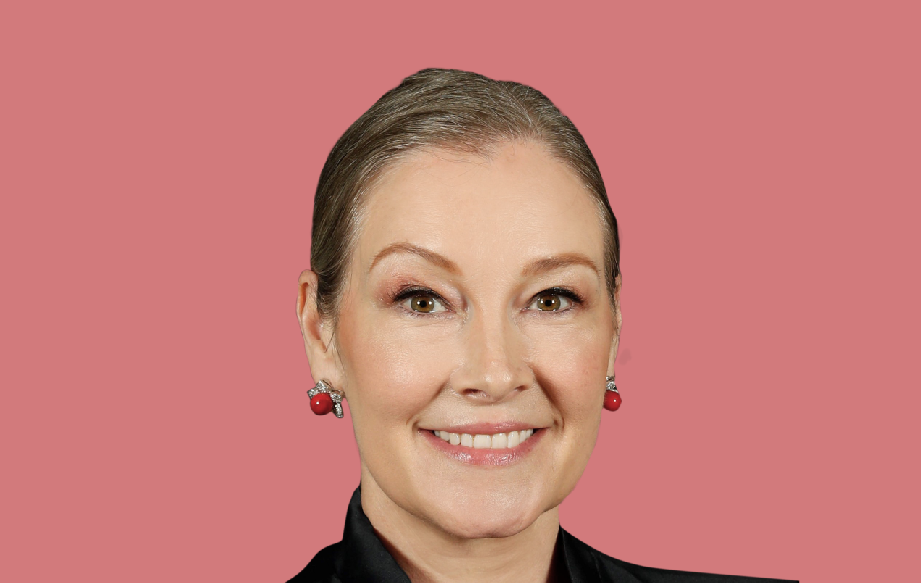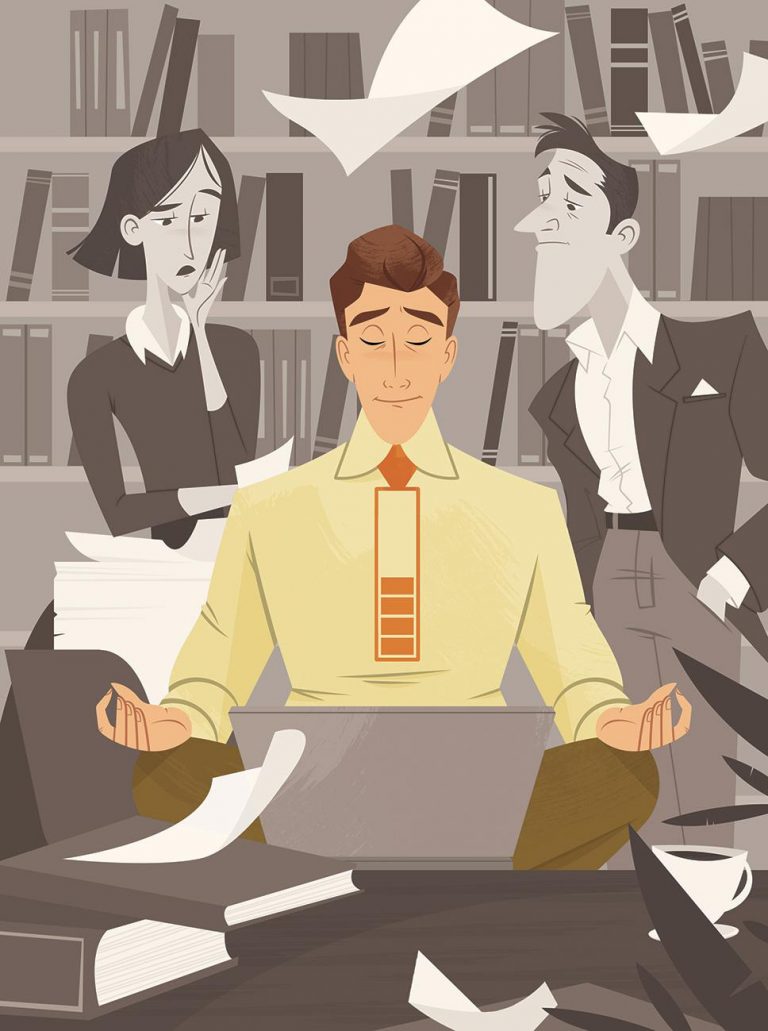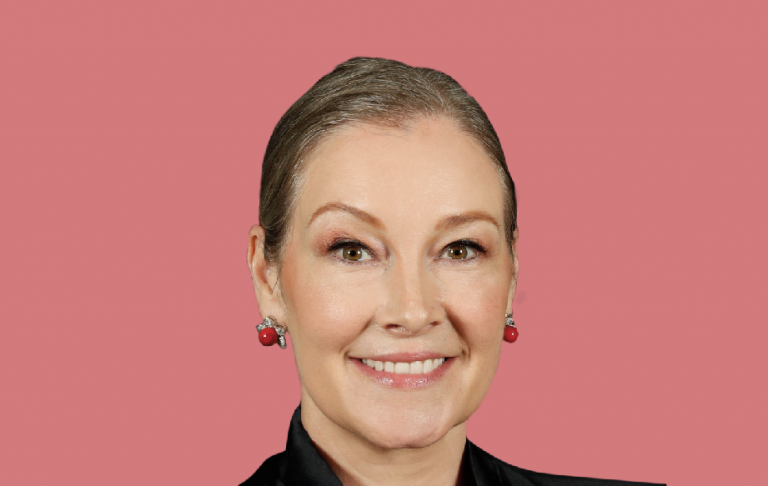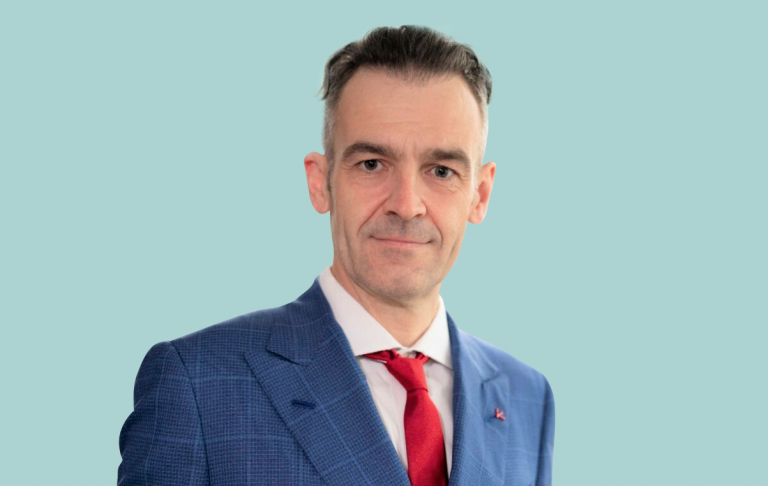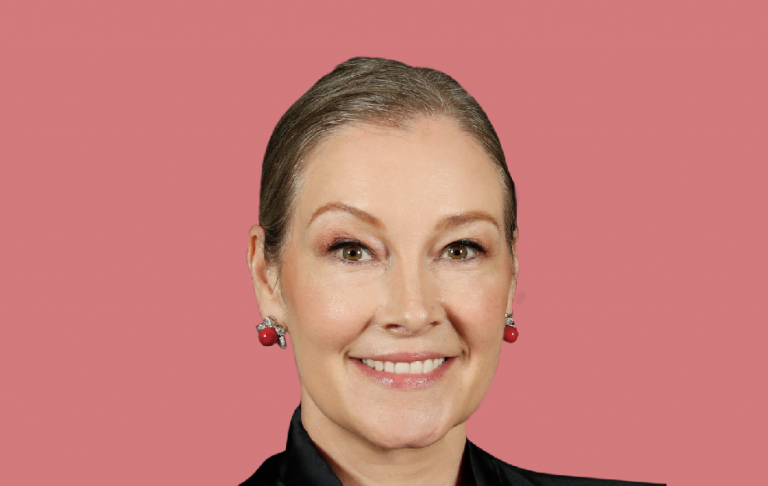Often, mental well-being is viewed as a state we need to pay attention to in case something goes “wrong.” It is critical that we make a concerted effort to view mental health as a range of all emotions, with variability that is normal, understood and lived, and mental well-being as this “steady state” plus keeping other important aspects of our life in some semblance of balance.
Meet individual needs
There is no one-size-fits-all approach when it comes to mental well-being. The research into mental health and well-being over the last 20 years has brought to the fore various concepts including “happiness,” “mindfulness,” “flow,” “a growth mindset,” “positivity,” “resilience,” “grit,” “psychological safety,” and so much more. All are accompanied by their own programmes developed to impart this wisdom into human resource departments, school curricula, pop-up parenting programmes, therapy rooms, and trickling right down to the mainstream news feeds and headlines.
Achieving good mental well-being involves having the courage to take what works for you, modifying what needs changing, leaving the rest, and being brave enough to own it. We can’t rely on others to tell us what feels right, but instead, we must feel empowered to say, “this is what works for me and what works for you.”
By understanding that there is something for everyone, we can authentically maintain our own mental well-being, discover our natural “steady state,” learn how to live with highs and lows, and how to really savour the more mundane moments in life.
Accept a natural range of emotions
It is not a reasonable or realistic goal to expect to live in a perpetual state of happiness. In pursuing a healthy balance, we have to accept that all emotions, positive or negative, are a part of life and that we need to experience and feel them in order to understand that we will eventually move past them. Everything has its place and time, and learning to accept and enjoy this range in our lives is what will be the biggest contributor to true mental well-being.
When we become fully capable of accepting this full range, with the knowledge that we will usually return to feeling okay again, it is easier to recognize these boundaries for ourselves, to accept when we may have crossed them, and if so, reach out for appropriate support. Mental well-being is essentially a state where we do not ignore everything that isn’t perfectly positive, but accept it for what it is.
Look after the “big eight”
Having any hope of maintaining balance in both mood and life generally requires looking after what I call the brain’s “big eight” (water, food, sleep, exercise, connection, learning, play, and protection from injury). This means balancing water and food intake according to our own metabolism, and sleep according to our own circadian rhythm, should be our primary objectives. Even being a bit dehydrated, for example, can make us sleepy, cranky, and cognitively less efficient. We are all aware of the role that exercise and physical activity play in maintaining metabolism, weight management, and sleep-wake cycles, but this is also immensely important for keeping our mood in check.
Implementing some element of learning, connection with others, and play in our lives every day is also important.
Learning can be anything from tasting a new food, to reflecting on what is happening in the world, to learning a new skill. Our brains adapt throughout life and keeping neural connections active in this way can improve our outlook as we challenge ourselves to see things in a new light.
Connection with others is another basic human drive and we wither a little when we cannot get this in any form. Deep connections are wonderful, but even day-to-day hellos to people in your neighbourhood who you don’t know can be just as meaningful as it reminds us that we are all connected. Kristin Neff, Associate Professor of Educational Psychology at the University of Texas at Austin, whose triumvirate theory of “self-compassion,” echoes this through the concept of taking time to realize we are all human and to hold off on the judgemental voice that may be in our heads, either for ourselves or for others.
Play is not just for children. We need at least half an hour every day, even as adults, to just do something for fun, whether it’s gaming, drawing, sudoku, or throwing a ball. Try to do something just for fun that doesn’t count as anything else in the big eight and gives you pleasure, and give yourself the dedicated space and permission to do so.
By accepting the natural range of emotions in life, recognizing individual subjectivity, and taking care of ourselves by maintaining the various aspects of our lives, we can strike a better balance when it comes to our mental well-being.
“In pursuing a healthy balance, we have to accept that all emotions, positive or negative, are a part of life and that we need to experience and feel them in order to understand that we will eventually move past them.”






